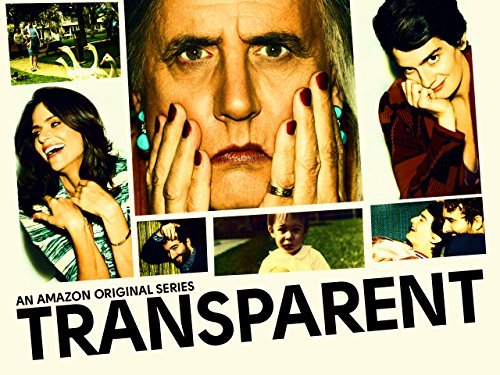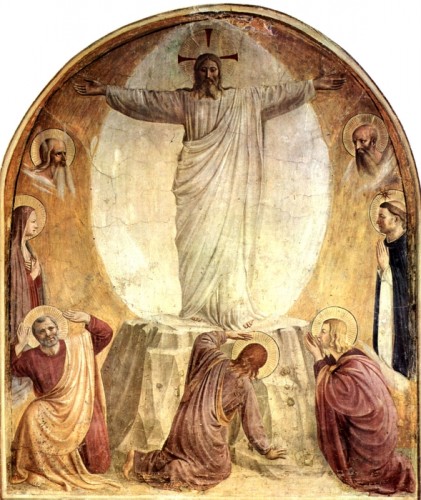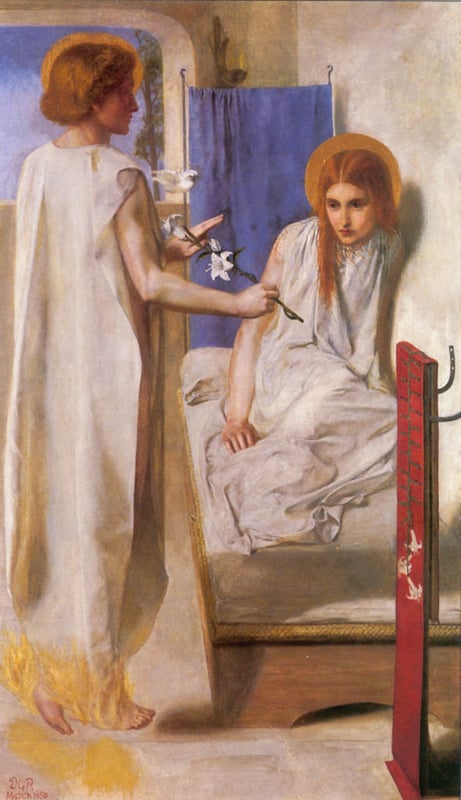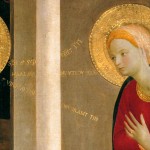 Transparent is the title of Amazon’s hit TV series, a series the Atlantic Monthly called a very 2015 work in a review by Spencer Kornhaber, Dec. 14, 2015. The show is about a family in which the father becomes transparent in his transition from Mort to Maura, bringing to light what had been in him, but hidden, all his life. The show is now in its second season.
Transparent is the title of Amazon’s hit TV series, a series the Atlantic Monthly called a very 2015 work in a review by Spencer Kornhaber, Dec. 14, 2015. The show is about a family in which the father becomes transparent in his transition from Mort to Maura, bringing to light what had been in him, but hidden, all his life. The show is now in its second season.
Of the first season, New Yorker reviewer Emily Nussbaum wrote: By forcing her family to see her as she sees herself, Maura also acts as a mirror, reflecting back the “queerness” in everyone around her, especially in her three children, none of whom has settled into anything like a comfortable adult sexual life. Nussbaum remarks that Transparent is reflexively compassionate when it comes to human mess. In search of love and intimacy, (the) characters do some idiotic things—cruel or clumsy acts that might cause some viewers to turn away—but, with each mistake, Transparent just looks closer.
Transparency is the vaunted value of our age. The thing we want most in candidates. The sign of integrity in business. And, in human lives, the thing we have come to tolerate, even to encourage. Our cultural acceptance of gay marriage, and growing goodwill toward transgender people is part of our high value on transparency and truth.
In the second season, though, the show raises deep questions about the search for personal happiness, looking hard at the aftermath of dramatic changes that break up homes and break vows of constancy and family promises, about the hurt that the various transitions and transparencies have inflicted on others. One daughter has left her husband and children, entering into a lesbian relationship. Another is embroiled in drugs and sex that are self-harming and also harmful to her partners, who are seeking a level of relationship her self-absorption cannot allow. And the markedly boyish son lives in a confusion that hints at darker things.
Kornhauer, in the Atlantic, says the second season . . . feels like a deep questioning of some of the central tenets of progressive society. The show is very interested in the way that following one’s own truth, rewriting old social rules, and practicing radical honesty can harm others and destabilize one’s life.
(The show) is constantly looking for the line between self-actualization and mere selfishness. This allows Transparentto be more bracing, more challenging, and more compelling than most any other show on TV.
In thinking about this my thoughts move to the Transfiguration, the story that always closes the season of epiphanies. From Christmas to Lent, the gospel readings lift up one unexpected revelation after another, as things that have been hidden in Jesus are seen. A shining in him awes the Magi. His aura wows John the Baptist. His shining declaration, from his hometown pulpit, that healing, freedom and justice for the weak and vulnerable are his mission, first inspires, and then enrages his hometown crowd, when he says it doesn’t mean a shower of miracles for them.
From Christmas to Lent, the gospel readings lift up one unexpected revelation after another, as things that have been hidden in Jesus are seen. A shining in him awes the Magi. His aura wows John the Baptist. His shining declaration, from his hometown pulpit, that healing, freedom and justice for the weak and vulnerable are his mission, first inspires, and then enrages his hometown crowd, when he says it doesn’t mean a shower of miracles for them.
Now comes the Transfiguration. In the presence of a couple close disciples, an unexpected light falls over Jesus, revealing him in intimate conversation with Moses and Elijah, the sainted patrons of Judaism. They are all transfigured.
Peter, seeing this, realizes they are all really one, yet distinct. Their oneness is the shimmering light around them, and that light is, somehow, God.
This transfiguration, this divine transparency transcends time and personal space.
Peter begs for this moment to last. He stammers out that he will build little houses for them, so they can all stay right here. And as soon as he says this, the moment ends. Jesus reminds him that they must go back down the mountain now, to all those who are waiting for them.
And so the line between self-actualization and selfishness is defined by Jesus, in this moment.
This moment insists that commitments and relationships are never in any way to halt or prevent self-realization, or self-actualization. Nor is self-realization a reason to exit relationships we have made. The bonds of love are still real bonds, even as we change.
Truth is not to be buried. Nor is light to be hidden under a bushel. Who we are, how we love, who we love, our bodies – none of this is to be denied or called depraved. And none of it is static. We are always changing, discovering new light and new love in ourselves.
But promises to love others do not end because we are changing. To be faithful is to embrace the changes in each other.
At the Transfiguration Jesus learns, perhaps for the first time, that there is more in him than he has known. And yet he remains compassionate about our human mess. He does not abandon us for happier days with Moses and Elijah. He returns to our confusions and our lost lives, leading us to discover who we can become when we try to be faithful, rather than wanting to be happy all the time.
__________________________________________________________________________________________________
Illustrations:
1. Transparent series poster.
2. Trasnfiguration, by Fra Angelico. 1450. Florence, Italy. Vanderbilt Divinity School Library, Art in the Christian Tradition.










